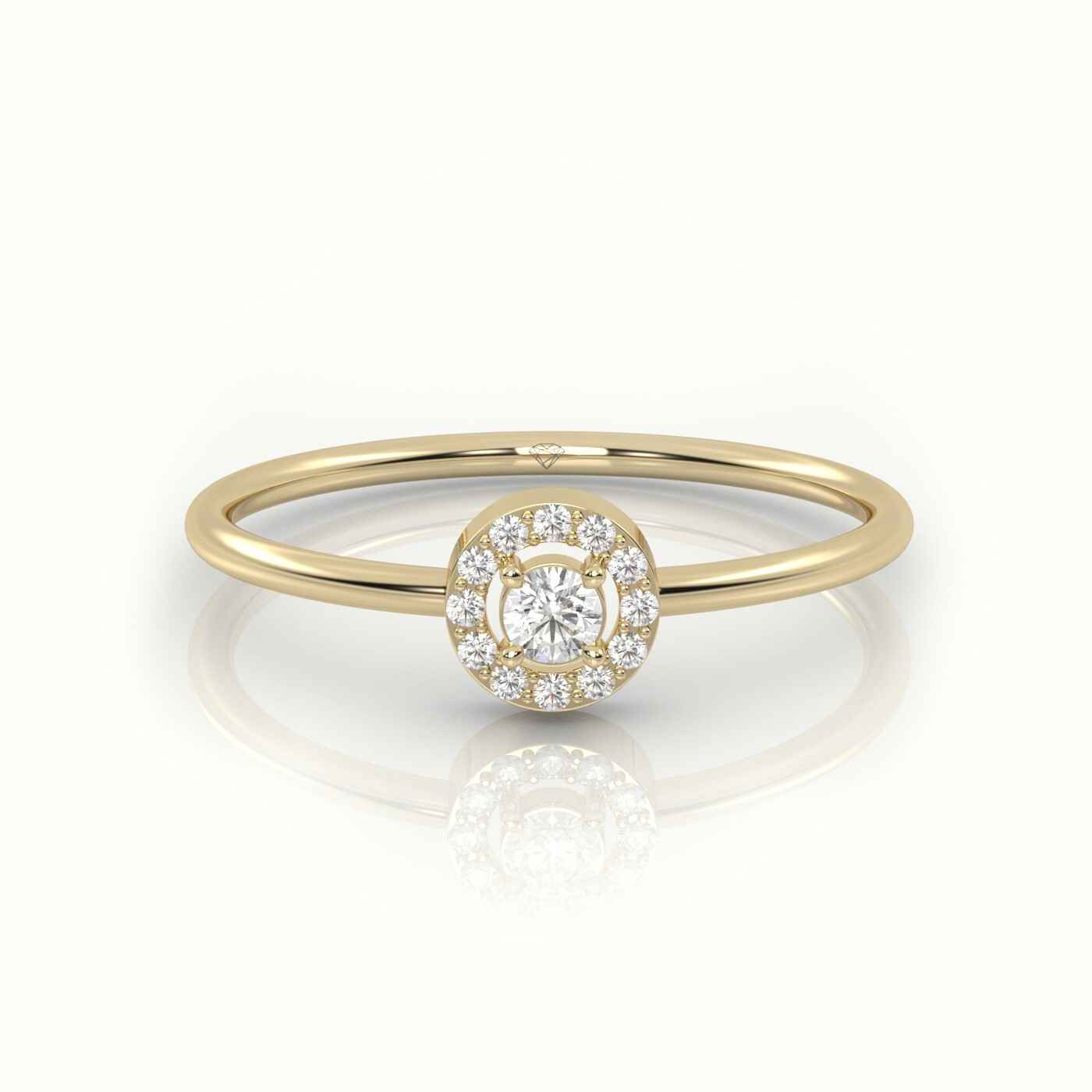
OTP Verification

Metals
Picking the right metal for a wedding band is a vital piece of the ring-plan process. When you know a bit about the nuts and bolts of ring metals, settling on a metal is a fulfilling and straightforward interaction. Picking between white gold, yellow gold, or platinum is however much matter of individual inclination for all intents and purposes of financial plan. Before you settle on a ultimate choice, it merits gauging the advantages and disadvantages of the different kinds of wedding band metals.
White GoldWhite gold is an inconceivably lovely and well known decision for wedding band settings, which is rapidly turning into the main decision in wedding band metals. James Allen offers white gold in 14K and 18K. 14K gold contains 58.5% gold, while 18K white gold is comprised of 75% gold and 25% different metals (nickel, zinc, and so forth). White gold has the general look of platinum, yet is strikingly more affordable. White gold flawlessly praises jewels that are appraised D-I on the precious stone shading scale, as it upgrades the splendor and shimmer of the stone. |
Yellow GoldYellow gold is the most widely recognized of the golds, halfway on the grounds that gold is yellow in its normally happening state. The yellow gold utilized in fine gems is commonly alloyed with silver and copper; its tone relies upon how much-unadulterated gold is in the amalgam. The upsides of gold are that it doesn't erode, stain, or rust, so giving enduring beauty can be depended on. What's more, despite the fact that it is solid, gold is more "adaptable" than other valuable metals. |
PlatinumPlatinum has developed progressively famous lately because of its magnificence and sturdiness. Platinum's rich, even shading and sheen settles on it a well-known decision for wedding band settings, as these characteristics amplify the radiance and splendor of jewels that are set in the metal. A special reward of platinum's 90-95% virtue grade is that it seldom brings about any unfavorably susceptible response, and is accordingly the best metal decision for individuals with metal or contact sensitivities. |
Rose GoldRose gold is a gold and copper composite ordinarily utilized for specific adornments and pined for its warm, rosy shading. Rose gold is otherwise called red gold and pink gold, and at times Russian gold, because of its notoriety in Russia in the mid-nineteenth century. The contrast between red rose and pink gold is their copper content. |

Customer Service
We are available 24 hours a day, 7 days a week.





